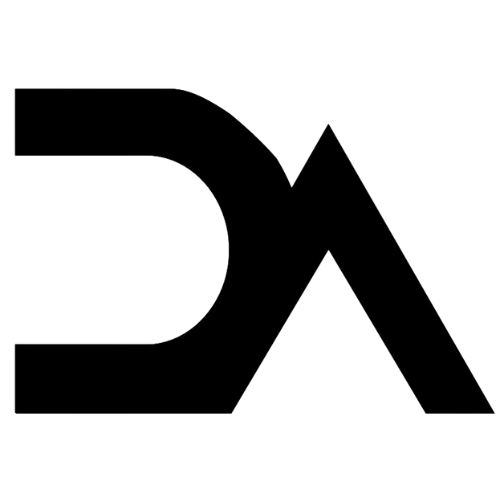Before detailed the process, it's important to briefly outline the psychology here because objections are usually perceived 'negatively' and moee often than not sales reps lean away from responding to objections. The usual response a sales rep has towards objections is to either hang up, say 'yes okay sorry for bothering', ' thanks for your time', or to resist them at all costs.
The target of this guide is to help you
lean into objections because they are the ultimate key towards achieving the desired goals you have across all stages of the sales cycle.
Let's get straight to the point:The word 'no' by definition, is the ultimate negative response someone can give you. And this is the start of communication and understanding.
The difference between knowing and NOT knowing is in the 'No' itself. You don’t know until you hear the word 'No'. You can't understand the missing components, nor the needs, nor the wants until you know the underlying meaning of when someone objects and says 'No'.
You don't KNOW, until you hear NO.
I want you to understand a key fundamental distinction of the letters K and W in the word 'KNOW'.
KNOW:
• K = Key: The word 'No' unlocks the key to understanding what is truly needed. It reveals the hidden objections, challenges, or gaps that must be addressed to move forward.
• W = Window: The No opens a window into the prospect's mindset, giving you a clear view of their deeper concerns, priorities, and desires.
The NO is the invisible part of the KNOW. The K is the Key that the No provides to unlock understanding, and the W is the Window it opens into their true needs.
Why Mastering Objections Matters:


